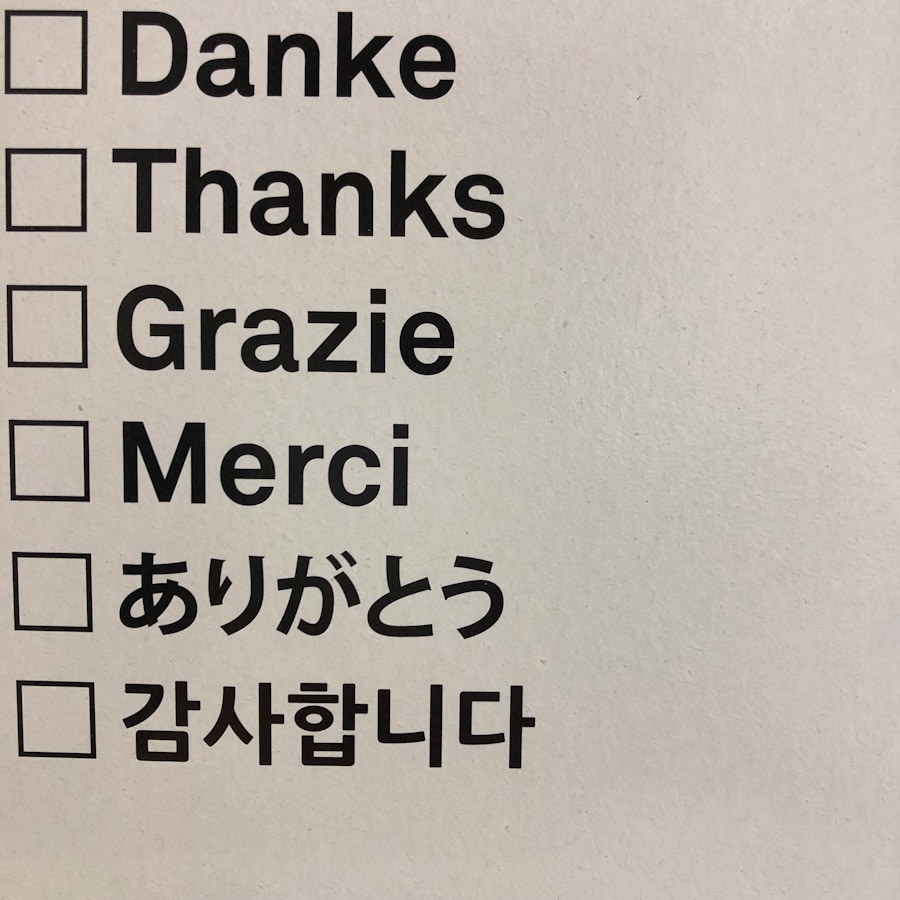When preparing for a trip, the first step is to consider what to pack. Packing essentials can vary significantly depending on the destination, duration of stay, and the activities planned. A well-thought-out packing list can make the difference between a smooth journey and a chaotic one.
Start with the basics: clothing, shoes, and outerwear appropriate for the climate. For instance, if traveling to a tropical location, lightweight fabrics such as cotton and linen are ideal, while a trip to a colder region necessitates layers, thermal wear, and waterproof jackets. Additionally, packing versatile clothing that can be mixed and matched can help minimize luggage while maximizing outfit options.
Beyond clothing, it’s crucial to consider the type of luggage you will use. A sturdy suitcase or a reliable backpack can significantly impact your travel experience. For instance, hard-shell suitcases offer better protection for fragile items, while soft-sided bags can be more flexible in tight spaces.
Packing cubes can also be a game-changer, allowing for organized compartments within your luggage, making it easier to find items without rummaging through everything. Furthermore, don’t forget about packing a reusable shopping bag; it can serve multiple purposes, from carrying groceries to acting as an extra bag for dirty laundry.
Key Takeaways
- Pack versatile and lightweight clothing items
- Don’t forget your passport, visa, and travel insurance documents
- Stay hydrated and carry basic first aid supplies
- Bring a universal adapter and power bank for your electronic devices
- Notify your bank of your travel plans and carry some local currency
Travel Documents
Passport Requirements
The most critical document is your passport, which should be valid for at least six months beyond your planned return date. Many countries require this as a standard entry requirement. It’s also wise to have photocopies of your passport stored separately from the original in case of loss or theft.
Visa Requirements and Other Essential Documents
In addition to your passport, consider obtaining any necessary visas well in advance of your travel date. Each country has its own regulations regarding visa requirements, and some may require extensive processing times. Travelers should also carry other essential documents such as travel insurance policies, flight itineraries, hotel reservations, and emergency contact information.
Having these documents readily accessible can alleviate stress during travel. Digital copies stored on a secure cloud service or on your smartphone can also be beneficial in case physical copies are misplaced.
Health and Safety

Health and safety should be paramount when planning any trip. Before embarking on your journey, it’s advisable to consult with a healthcare provider regarding vaccinations or medications that may be recommended or required for your destination. For example, certain regions may necessitate vaccinations against diseases such as yellow fever or typhoid.
Additionally, travelers should consider packing a basic first-aid kit that includes items like adhesive bandages, antiseptic wipes, pain relievers, and any personal medications that may be needed during the trip. Safety precautions extend beyond health considerations; being aware of local laws and customs is equally important. Researching the safety of your destination can help you avoid areas known for crime or unrest.
It’s also wise to register with your country’s embassy or consulate upon arrival in a foreign country. This registration can provide an added layer of security in case of emergencies or natural disasters. Moreover, familiarize yourself with local emergency numbers and procedures; knowing how to contact local authorities can be invaluable in critical situations.
Electronics and Gadgets
In today’s digital age, electronics and gadgets play an integral role in travel planning and execution. A smartphone is perhaps the most essential device for modern travelers; it serves not only as a communication tool but also as a navigation aid and entertainment source. Downloading offline maps and translation apps can enhance your travel experience by making it easier to navigate unfamiliar areas and communicate with locals.
Additionally, consider investing in a portable charger or power bank to ensure your devices remain charged throughout the day. Beyond smartphones, other gadgets can enhance your travel experience significantly. Noise-canceling headphones are particularly useful for long flights or train rides, allowing you to enjoy music or podcasts without distractions from surrounding noise.
A lightweight tablet or e-reader can provide entertainment during downtime while saving space compared to carrying multiple books. Furthermore, if you plan to capture memories through photography, investing in a good-quality camera or even a smartphone with an excellent camera feature can make a significant difference in the quality of your travel photos.
Money and Banking
Managing money while traveling is crucial for ensuring a smooth experience abroad. Before departing, it’s wise to notify your bank of your travel plans to avoid any issues with accessing funds while overseas.
Additionally, consider carrying multiple forms of payment; having both cash and credit/debit cards can provide flexibility in various situations. When it comes to currency exchange, research the best options available at your destination. Airport exchange counters often offer less favorable rates compared to local banks or ATMs.
Using ATMs that are affiliated with your bank can also minimize fees associated with withdrawals. It’s advisable to carry some local currency for small purchases or tips where cards may not be accepted. Furthermore, consider using travel-specific credit cards that offer no foreign transaction fees and rewards for travel-related purchases; these can provide additional savings during your trip.
Clothing and Accessories

Packing Versatile Items
For instance, a pair of neutral-colored pants can be dressed up with a nice top for dinner or dressed down with a t-shirt for sightseeing during the day.
Layering and Accessories
Layering is also an effective strategy; lightweight sweaters or cardigans can provide warmth without taking up too much space in your luggage. Accessories play a significant role in enhancing outfits while also serving practical purposes. A wide-brimmed hat not only protects against sun exposure but also adds flair to your look.
Practical and Stylish Essentials
Scarves can serve multiple functions: they can keep you warm on chilly evenings or act as a stylish wrap when visiting religious sites that require modest attire. Comfortable walking shoes are another must-have; investing in high-quality footwear designed for travel can prevent discomfort during long days of exploration.
Toiletries and Personal Care
Toiletries and personal care items are often overlooked during packing but are essential for maintaining hygiene and comfort while traveling. It’s advisable to pack travel-sized versions of your favorite products to save space in your luggage while ensuring you have what you need on hand. Items such as shampoo, conditioner, body wash, toothpaste, and deodorant should be included in your packing list.
Additionally, consider bringing along any skincare products you use regularly; maintaining your skincare routine can help you feel more comfortable in unfamiliar environments. For those who wear makeup, packing a minimal makeup kit can help you look polished without taking up too much space. A few versatile products such as foundation, mascara, and lip balm can go a long way in enhancing your appearance while traveling.
Don’t forget about personal care items like feminine hygiene products or contact lens supplies if applicable; these are often best kept within easy reach during transit. Lastly, consider including a small laundry bag for dirty clothes; this helps keep your luggage organized and fresh throughout your journey.
Entertainment and Comfort Items
Long journeys can often lead to boredom or discomfort if not adequately prepared for entertainment and comfort needs. Packing items that provide entertainment during transit is essential for making the journey more enjoyable. Books or e-readers loaded with your favorite titles can keep you engaged during long flights or train rides.
Podcasts and audiobooks are also excellent options; downloading episodes before departure ensures you have access even without Wi-Fi. Comfort items should not be overlooked either; neck pillows and eye masks can significantly enhance the quality of sleep during travel. A lightweight blanket or shawl can provide warmth on chilly flights or bus rides while also serving as an extra layer when needed at your destination.
Noise-canceling headphones are invaluable for blocking out distractions during travel, allowing you to immerse yourself in music or movies without interruption. By thoughtfully considering entertainment and comfort items before embarking on your journey, you can transform potentially tedious travel time into an enjoyable part of the overall experience.
If you’re planning a trip to explore the beautiful Canadian Rockies, you may want to check out the article All Aboard the Rocky Mountaineer for some inspiration on how to make the most of your journey. This luxurious train ride offers stunning views of the mountains and is sure to be a highlight of your trip. Don’t forget to consult The Essential Travel Checklist to ensure you have everything you need for your adventure!
FAQs
What should be included in the essential travel checklist?
The essential travel checklist should include items such as travel documents (passport, visa, travel insurance), money and banking essentials, clothing and accessories, toiletries and personal care items, electronics and chargers, and any specific items related to the destination or activities planned.
Why is it important to have a travel checklist?
Having a travel checklist helps ensure that you have everything you need for your trip, reduces the risk of forgetting important items, and can help streamline the packing process. It also provides peace of mind and helps to avoid unnecessary stress during travel.
How far in advance should I start using the travel checklist?
It is recommended to start using the travel checklist at least a week before your trip. This allows enough time to gather any necessary items, purchase any missing essentials, and make any necessary arrangements for travel documents or accommodations.
What are some commonly overlooked items that should be on the travel checklist?
Some commonly overlooked items that should be on the travel checklist include travel adapters, medication and first aid supplies, travel-sized toiletries, a travel lock, and a portable charger or power bank for electronics.
Should the travel checklist be customized based on the destination and type of trip?
Yes, the travel checklist should be customized based on the destination and type of trip. For example, a beach vacation may require sunscreen and beachwear, while a hiking trip may require hiking boots and outdoor gear. It’s important to consider the specific needs of the trip when creating the checklist.



0 Comment